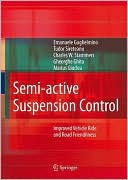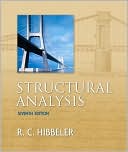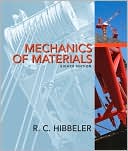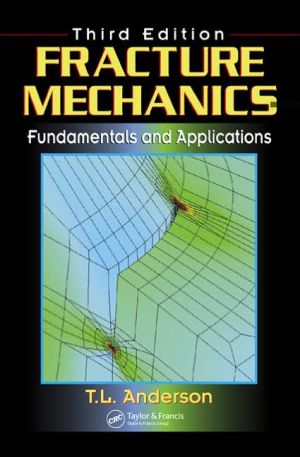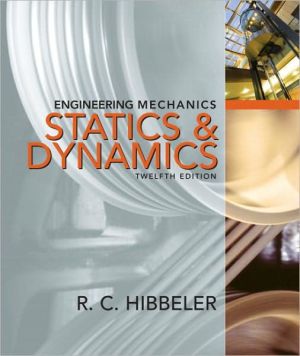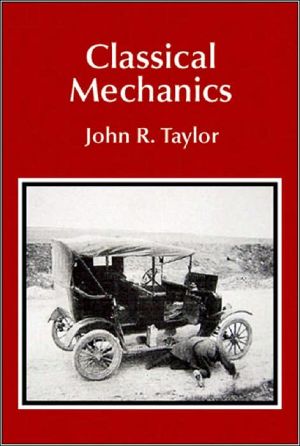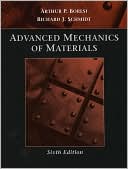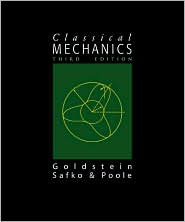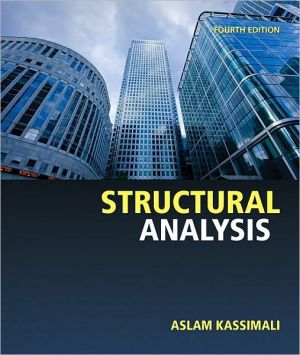Semi-active Suspension Control
Search in google:
Semi-active Suspension Control provides an overview of vehicle ride control employing smart semi-active damping systems (controlled dissipative elements which only require low energy input). These systems are able to tune the amount of damping in response to measured vehicle-ride and handling indicators. Two physically different dampers (magnetorheological and controlled-friction) are analysed from the perspectives of mechatronics and control. Ride comfort, road holding, road damage and human-body modelling (nonlinear visceral response in particular) are studied. A multidisciplinary approach is adopted throughout the book. Sound mathematical modelling is balanced by a large and detailed section on experimental implementation, where a variety of automotive applications are described offering a well-rounded view of the application of such systems. The implementation of control algorithms with regard to real-life engineering constraints is emphasised.The applications described include semi-active suspensions for a saloon car, seat suspensions for vehicles not equipped with a primary suspension, and control of heavy-vehicle dynamic-tyre loads to reduce road damage and improve handling.Engineers and practitioners working in noise and vibration; automotive engineers working in vehicle design, research and development; biomechanical engineers, physicists and life-scientists interested in human-body responses to vibration; and graduate students in vehicle studies, mechanics of vibration, dynamics and control will find this book of material assistance in their work.
1 Introduction 11.1 Introduction 11.2 Historical Notes on Suspensions 31.3 Active and Semi-active Suspensions in the Scientific Literature 51.4 Comfort in a Vehicle 71.4.1 Comfort Assessment 101.5 Introduction to Controlled Dampers 101.6 Introduction to Friction Dampers 121.7 Introduction to MR Dampers 142 Dampers and Vehicle Modelling 172.1 Introduction 172.2 Phenomenology of Hysteresis 192.3 Damper Hysteresis Modelling 222.3.1 Bouc-Wen Model 242.3.1.1 Parameter A 242.3.1.2 Parameter [gamma] 252.3.1.3 Parameter v 262.3.1.4 Parameter n 262.4 Bouc-Wen Parameter Identification 272.5 Vehicle Ride Models 272.5.1 Quarter Car Model 292.5.2 Half Car Model 312.5.3 Full Car Model 322.5.4 Half Truck Model 362.6 Tyre Modelling 392.7 Road Modelling 403 Human Body Analysis 433.1 Introduction 433.2 Human Body Response 443.3 Hysteretic Damping 443.3.1 The Duffing Equation 453.3.2 Suppression of Jumps 463.4 Low-frequency Seated Human Model 483.4.1 Multi-frequency Input 493.5 Semi-active Control 513.6 State Observer 513.6.1 Luenberger State Observer 513.6.2 Simple State Observer 523.6.3 Ideal Control 533.7 Results 543.8 Seated Human with Head-and-Neck Complex 573.8.1 Driver Seat (Including Cushions) 583.8.2 Driver Body 593.8.3 Head-and-Neck Complex (HNC) 593.8.4 Analysis of the Head-and-Neck System 603.8.5 Head Accelerations During Avoidance Manoeuvre 644 Semi-active Control Algorithms 654.1 Introduction 654.2 PID Controllers 674.3 Adaptive Control 684.4 Robust Control 694.5 Balance, Skyhook and Groundhook 704.5.1 Balance Logic 704.5.2 Skyhook Logic704.5.3 Groundhook Logic 704.5.4 Displacement-based On-Off Groundhook Logic 714.5.5 Hybrid Skyhook-Groundhook Logic 714.6 Balance Logic Analysis 724.7 Chattering Reduction Strategies 754.8 SA Vibration Control of a 1DOF System with Sequential Dry Friction 794.8.1 Sequential Damping Characteristics 814.8.2 Free Vibration: Phase Plane Trajectories 824.8.3 Free Vibration: Shock Absorbing Properties 834.8.4 Harmonically-Excited Vibration 854.8.4.1 Time Histories 854.8.4.2 Amplitude-Frequency Characteristics 854.8.5 Random Vibration 874.8.5.1 Simulation of White Noise Sample Functions 894.8.5.2 Numerical Solution of the Equation of Motion 914.8.5.3 Numerical Results 924.9 Stability of SA Control with Sequential Dry Friction 934.10 Quarter Car Response with Sequential Dry Friction 955 Friction Dampers 995.1 Introduction 995.2 Friction Force Modelling 995.2.1 Static Friction Models 1005.2.2 Dynamic Friction Models 1025.2.3 Seven-parameter Friction Model 1025.3 The Damper Electrohydraulic Drive 1045.4 Friction Damper Hydraulic Drive Modelling 1075.4.1 Power Consumption 1155.4.2 The Feedback Chain 1155.5 Pilot Implementation of Friction Damper Control 1165.6 Automotive Friction Damper Design 1225.7 Switched State Feedback Control 1265.8 Preliminary Simulation Results 1295.9 Friction Damper Electrohydraulic Drive Assessment 1415.10 Electrohydraulic Drive Parameters Validation 1515.11 Performance Enhancement of the Friction Damper System 1565.11.1 Damper Design Modification 1575.11.2 Hydraulic Drive Optimisation 1595.11.3 Friction Damper Controller Enhancement 1616 Magnetorheological Dampers 1656.1 Introduction 1656.2 Magnetorheological Fluids 1656.3 MR Fluid Devices 1676.3.1 Basic Operating Modes 1676.3.2 Flow Simulation 1686.3.2.1 Pressure-driven Flow Mode with Either Pole Fixed 1686.3.2.2 Direct Shear Mode with Relatively Movable Poles 1776.3.2.3 Squeeze-film Mode 1806.4 MR Damper Design 1806.4.1 Input Data and Choice of the Design Solution 1816.4.2 Selection of the Working MR Fluid 1816.4.2.1 MR Fluid Figures of Merit 1826.4.2.2 Choice of the MR Fluid 1836.4.3 Determination of the Optimal Gap Size and Hydraulic Design 1856.4.3.1 Controllable Force and Dynamic Range 1856.4.3.2 Parameters of the Hydraulic Circuit 1866.4.4 Magnetic Circuit Design 1876.5 MRD Modelling and Characteristics Identification 1896.5.1 Experimental Data 1906.5.2 Parametric Model Simulation 1926.5.3 Fuzzy-logic-based Model 2006.5.4 Modelling the Variable Field Strength 2036.5.5 GA-based Method for MR Damper Model Parameters Identification 2097 Case Studies 2197.1 Introduction 2197.1.1 Some Aspects of Data Acquisition and Control 2197.2 Car Dynamics Experimental Analysis 2217.2.1 The Experimental Set-up 2217.2.2 Post-processing and Measurement Results 2247.2.3 Suspension Spring and Tyre Tests 2297.3 Passively-Damped Car Validation 2307.4 Case Study 1: SA Suspension Unit with FD 2327.4.1 Frequency-domain Analysis 2337.4.2 Time-domain Analysis 2347.4.3 Semi-active System Validation 2427.5 Case Study 2: MR-based SA Seat Suspension 2457.5.1 Numerical Results 2487.5.2 Conclusions 2507.6 Case Study 3: Road Damage Reduction with MRD Truck Suspension 2517.6.1 Introduction 2517.6.2 Half Truck and MR Damper Model 2527.6.3 Road Damage Assessment 2557.6.4 Road Damage Reduction Algorithm 2557.6.5 Time Response 2567.6.6 Truck Response on Different Road Profiles 2587.6.7 Truck Response to Bump and Pothole 2627.6.8 Robustness Analysis 2647.6.8.1 Trailer Mass Variation 2667.6.8.2 Tyre Stiffness Variation 2677.6.8.3 MRD Response Time 2687.7 Conclusions 270References 271Bibliography 283Authors' Biographies 289Index 291
